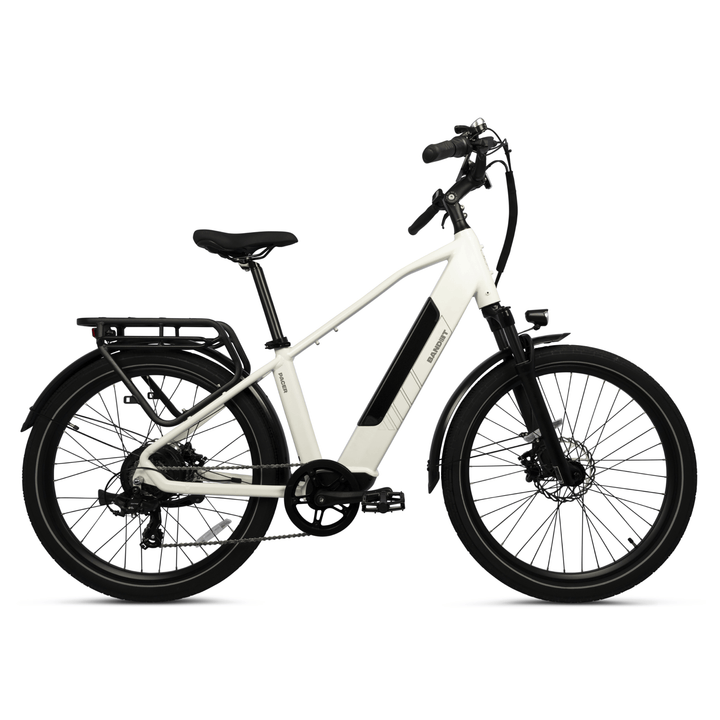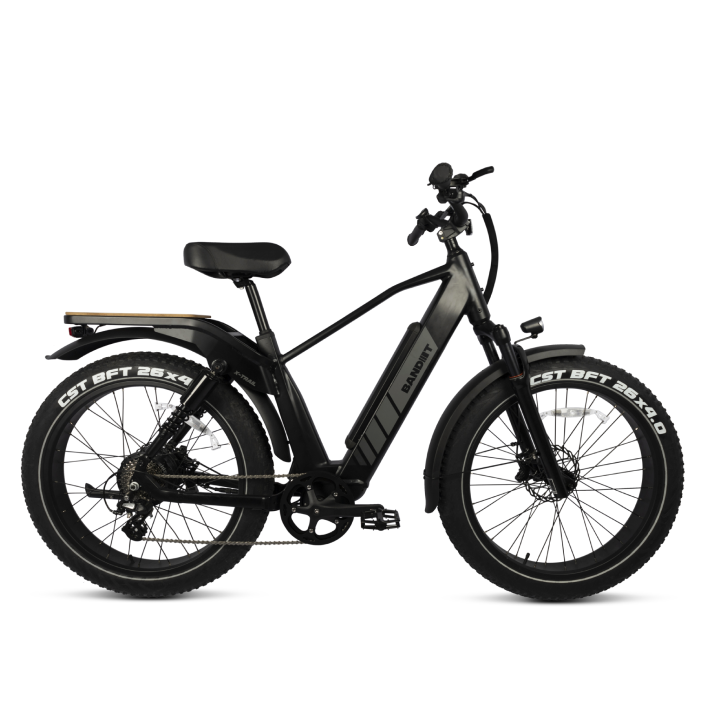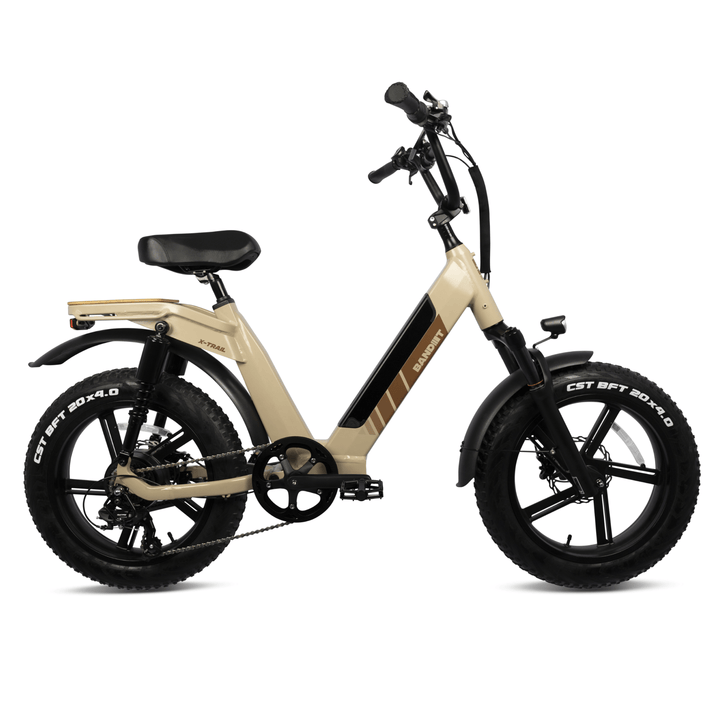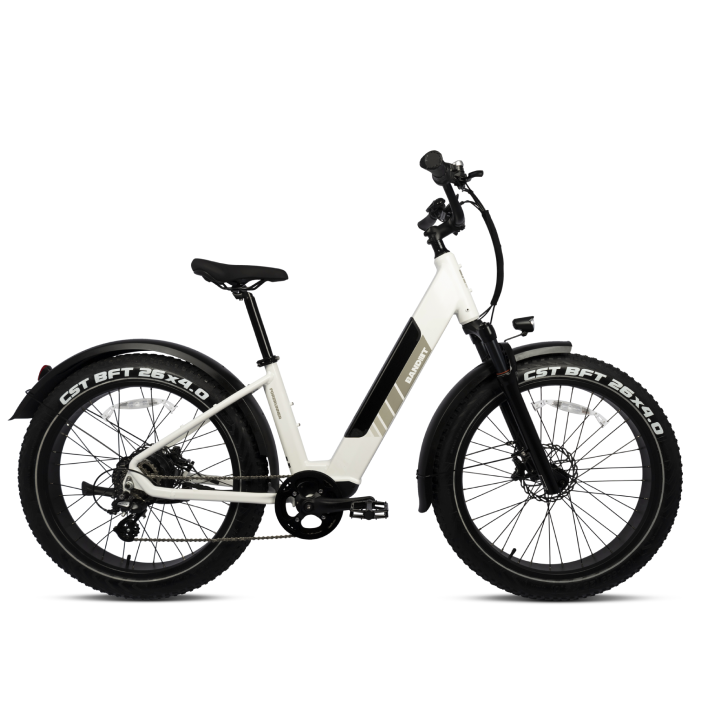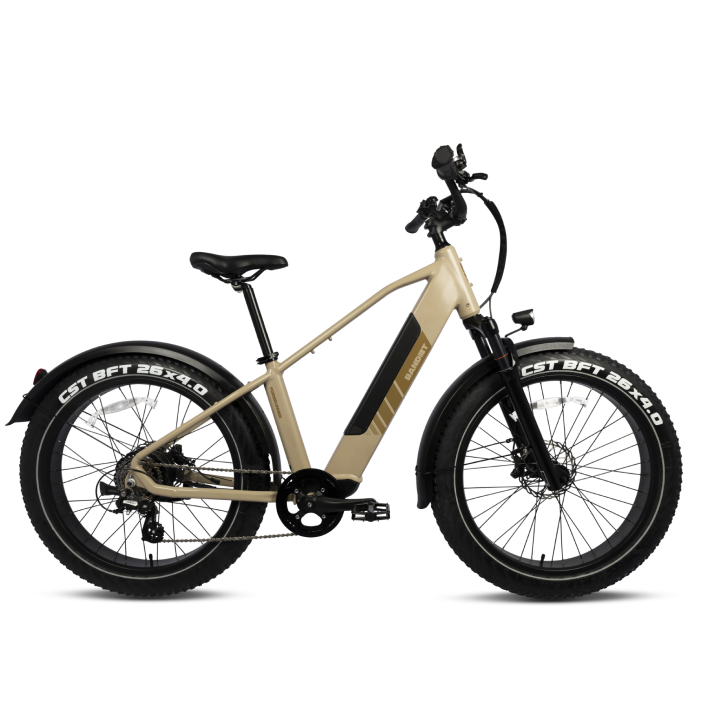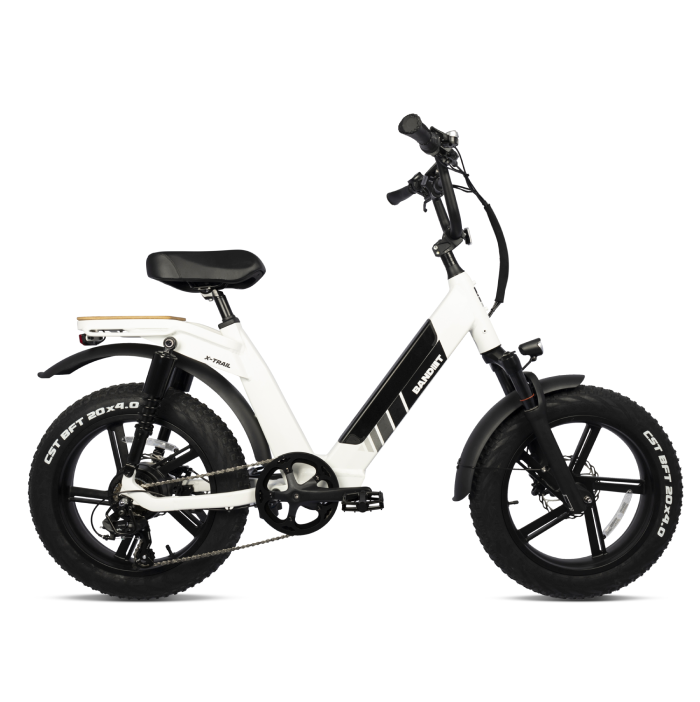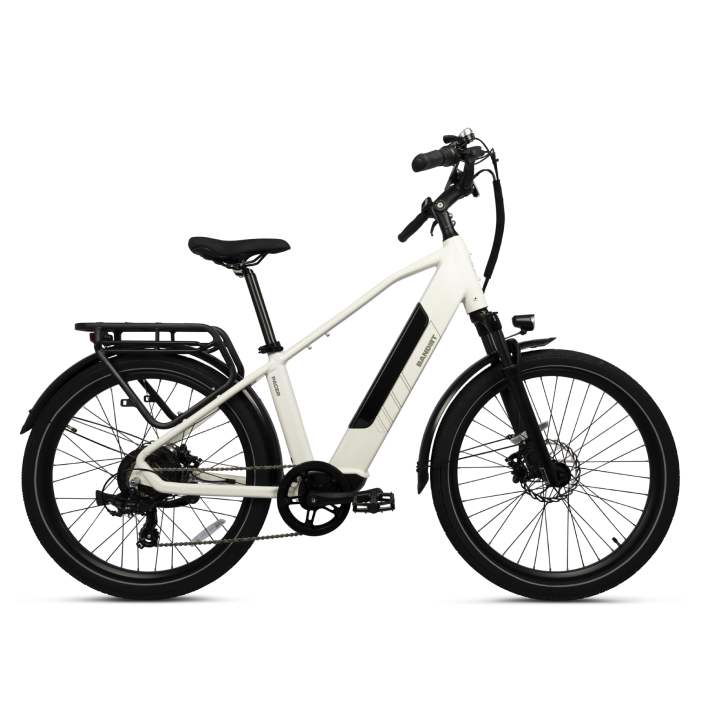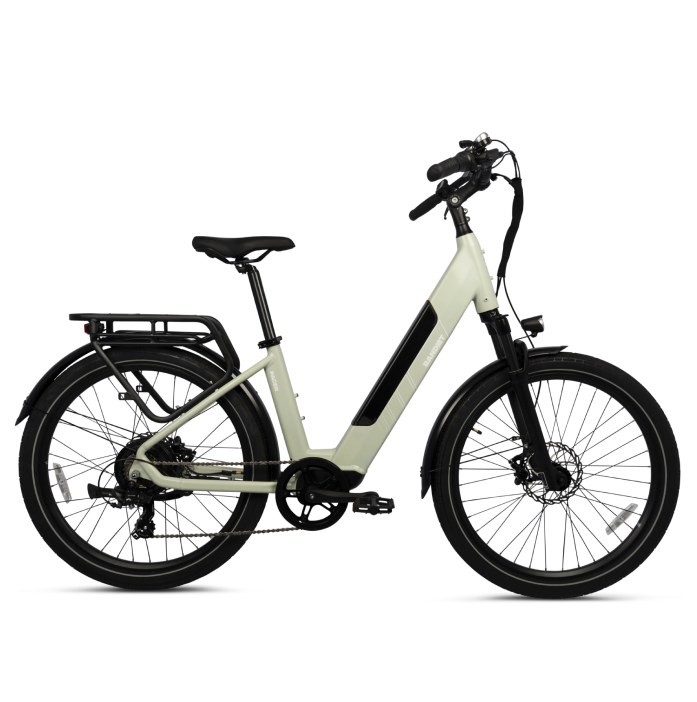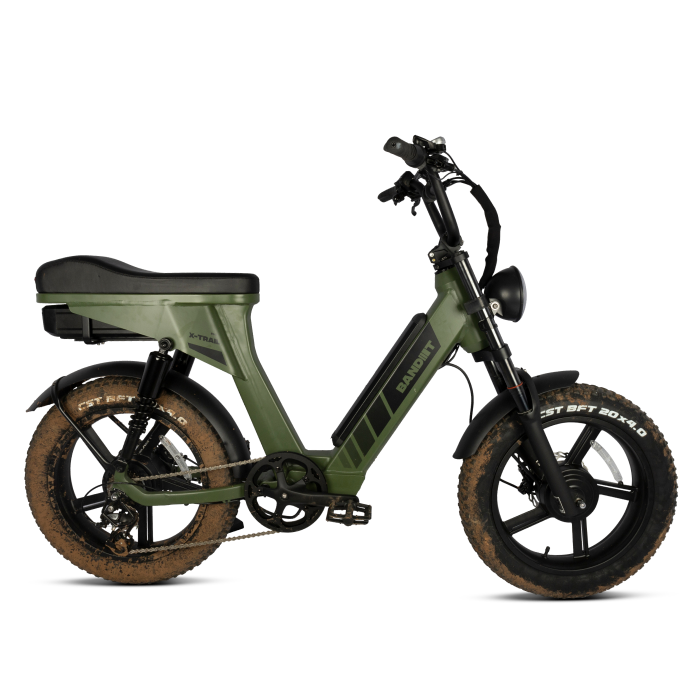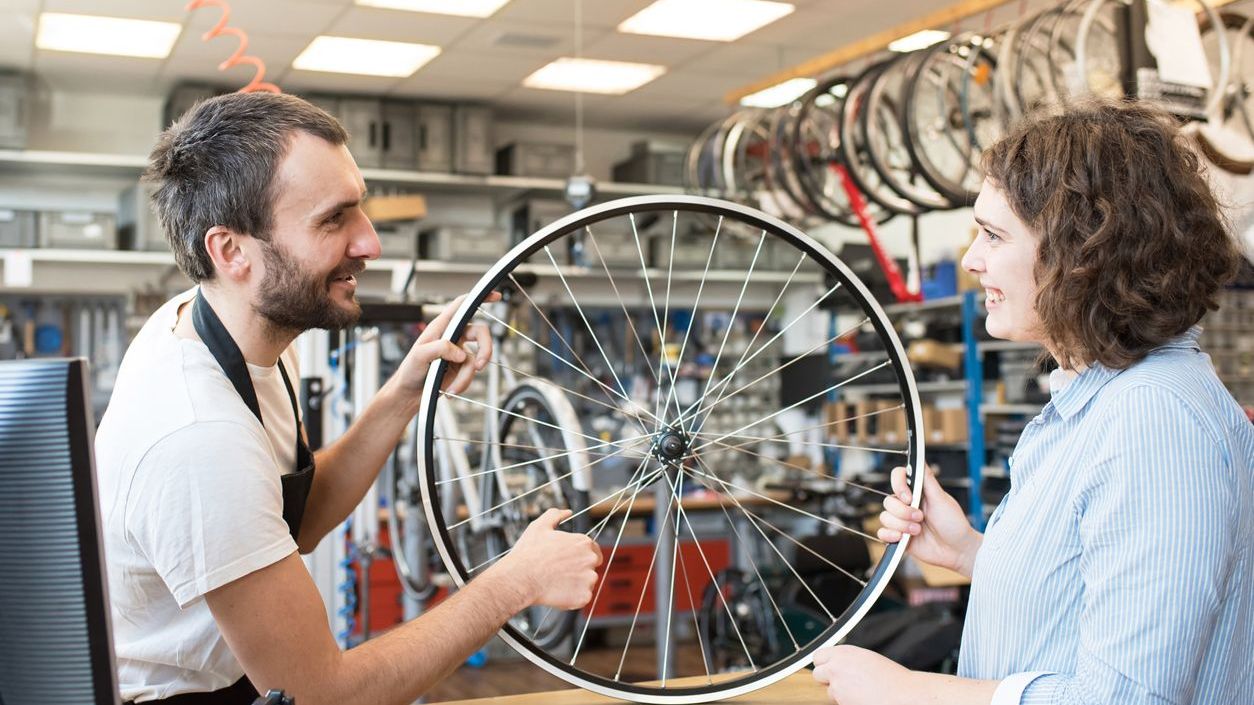Electric bikes, or e-bikes, have transformed the way we ride, offering a blend of manual pedaling with motorized assistance, which makes them an excellent choice for commuting, leisure, and fitness. If you're considering buying your first e-bike, the variety of options available can be overwhelming. Here’s a detailed guide to help you choose the right e-bike that meets your needs, preferences, and budget.
1. Understand the Different Types of E-Bikes
E-bikes come in various styles, each suited to different riding conditions and purposes:
- Commuter E-Bikes: These are designed for urban riding, featuring a comfortable upright seating position, lights, fenders, and cargo racks.
- Mountain E-Bikes (e-MTBs): Built for off-road cycling, these e-bikes have robust frames, suspension systems, and tires designed for rough terrain.
- Road E-Bikes: These are lightweight and streamlined for speed and efficiency on paved roads.
- Folding E-Bikes: Ideal for those with limited storage space or commuters who need to take a bike on public transport.
2. Consider the Motor Type
The motor is the heart of an e-bike, and its placement affects the bike's performance:
- Hub Motor: Often located in the rear wheel, this type of motor is suited for flat terrains and is generally more affordable.
- Mid-Drive Motor: Positioned around the bike’s cranks, this motor offers better weight distribution and easier handling, making it ideal for hills and rugged terrain.
3. Battery Life and Range
The battery determines how far you can go on one charge. Consider how you plan to use the e-bike:
- Battery Capacity: Measured in watt-hours (Wh), a higher capacity means a longer range. Typical e-bikes offer ranges from 25 to 70 miles per charge, depending on the mode used.
- Removable vs. Integrated Batteries: Removable batteries are easier to charge and can be replaced without needing to bring the entire bike to a charging point.
4. Check the Bike’s Components
Quality components can improve the ride, durability, and safety of your e-bike:
- Brakes: Hydraulic disc brakes offer more stopping power and are preferable for high-speed e-bikes and mountain e-bikes.
- Frame Material: Aluminum is lightweight and rust-resistant, ideal for most riders. Carbon fiber is lighter but more expensive.
- Adjustability: Ensure that the bike can adjust to fit your body comfortably. This includes seat height, handlebar height, and pedal position.
5. Test Ride Several Models
Just like a car, each e-bike has a unique feel:
- Test Different Types: Ride various models to see which feels best. Pay attention to the bike's handling, comfort, motor noise, and response.
- Special Features: Some e-bikes come with additional features like GPS tracking, USB charging ports, and integrated lights and locks.
6. Consider Your Budget
E-bikes can range from under $1,000 to over $5,000. Higher-priced models typically offer longer battery life, better components, and more sophisticated technologies. Determine your budget and what features are most important to you.
Conclusion
Choosing the right e-bike involves understanding your needs, the different types of e-bikes available, and the essential features that will enhance your riding experience. By carefully considering these factors, you'll be able to select an e-bike that not only meets your expectations but also brings joy and convenience to your daily activities.
Embarking on your e-bike journey with the right model will ensure that every ride is enjoyable and tailored to your lifestyle. So take your time, do your research, and get ready to transform your commuting and recreational habits with the perfect e-bike!
